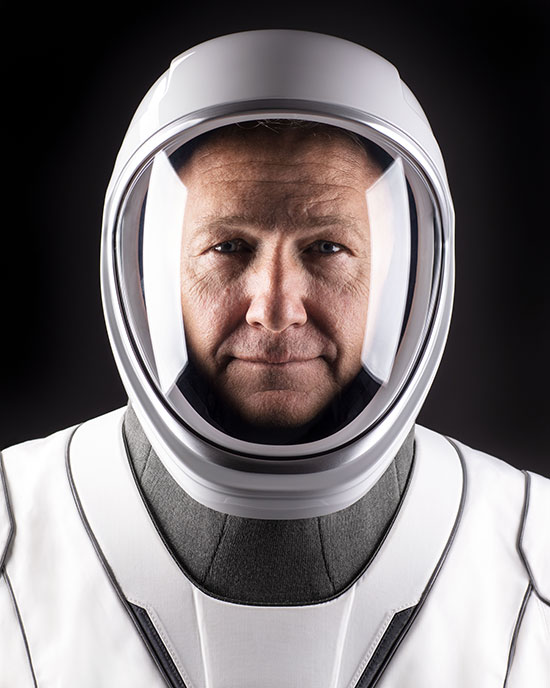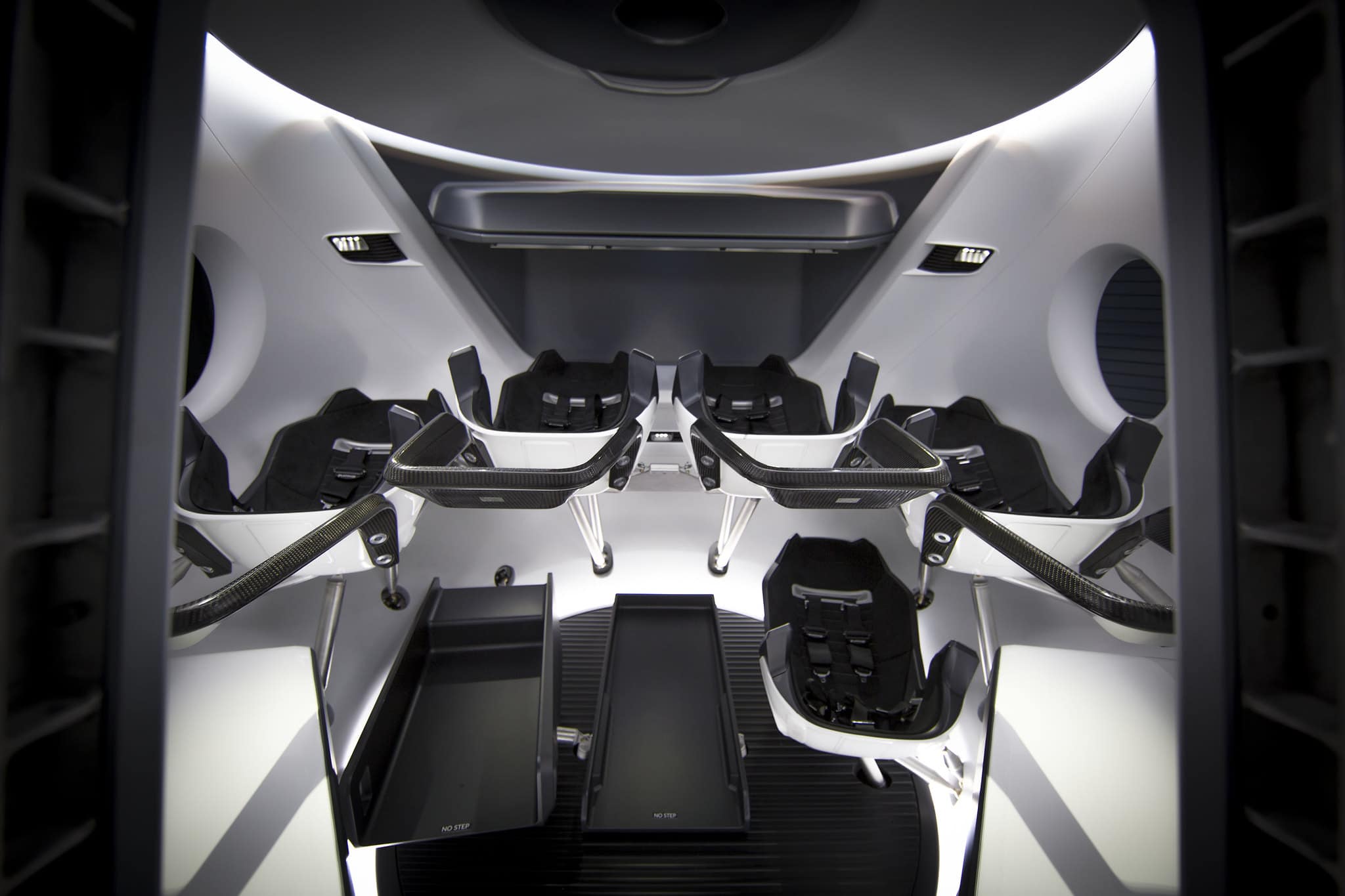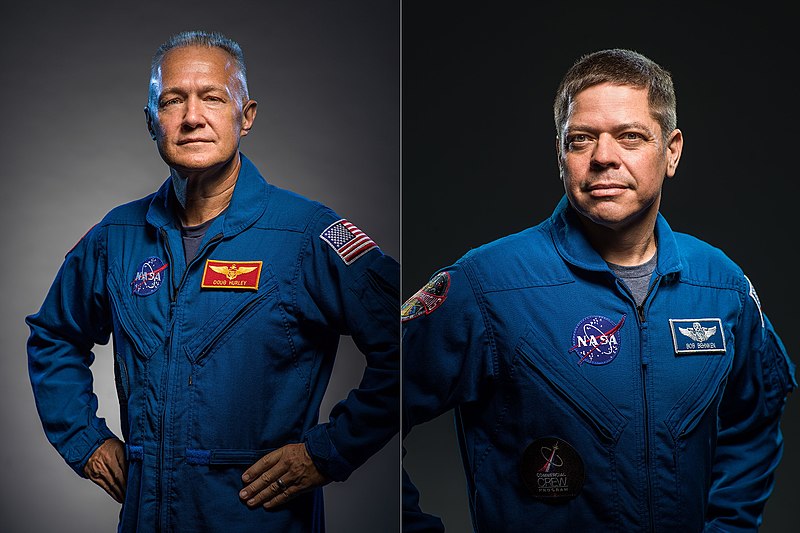Nine years ago America’s space shuttle program ended with the successful landing of the Space Shuttle Atlantis at the John F. Kennedy Space Center on Merritt Island, Florida. Unfortunately, the end of the shuttle program also marked the end of America’s independent manned space operations. In the intervening nine years, American astronauts have made it into orbit by hitching a ride in Russian rockets, despite ongoing diplomatic tensions between the two states.
America won the Space Race and the Cold War, but somehow, the remnants of the Soviet Union’s space program carried forward into the new Russia, managing to maintain a manned spaceflight program for nearly a decade after even America forfeited its claim of space supremacy. In the years since, NASA has announced plans for a new manned rocket, one that would dwarf even the mighty Saturn V and claim the title of most powerful rocket ever, but years of budget constraints and setbacks have left the Space Launch System program (SLS) grounded.
Now, through NASA’s cooperation with private space enterprises that have rapidly gained steam in recent years, America is set to once again launch humans into orbit from U.S. soil — a feat not accomplished since the final launch of the Atlantis in July of 2011.
Active duty Air Force Colonel Bob Behnken, 49, of Creve Coeur, Missouri, and retired Marine Col. Doug Hurley, 53, of Endicott, New York have been selected to ride in the first ever American manned space mission aboard a privately owned rocket. These aviator-astronauts are veterans of the space shuttle program, in fact, Hurley was aboard the final flight of the Atlantis back in 2011. It seems fitting, in a way, that one of the final shuttle astronauts will also be one of the first ever SpaceX astronauts.


SpaceX, a company founded and led by Tech CEO Elon Musk, has seen a number of successes in the burgeoning spaceflight industry, including the successful re-use of first stage rocket platforms and the launch of the Falcon Heavy, which is currently the most powerful rocket in use anywhere on the planet. Next month’s launch will not be the first space flight for SpaceX’s dragon capsule, the manned mission module that will carry Behnken and Coeur into orbit has already been to space before. This will, however, be the first time SpaceX has ever conducted a launch with a live crew on board.

Launching Americans into orbit aboard American rockets is not only an important development for national pride, but also for the economic bottom line. The United States currently pays Russia’s space program, Roscosmos, close to $80 million for each astronaut that flies aboard their Soyuz rockets up to the International Space Station.
Those dated Soviet-era rockets aren’t without their risks either. In October of 2018, Soyus MS-10, a launch with Russian Cosmonaut Aleksy Ovchinin and American astronaut Nick Hague onboard, was forced to abort mid-launch, literally ejecting the crew capsule from the rocket itself before it exploded.
The two men were recovered safely and suffered only minor injuries, but it was the sort of close call those in the space business would prefer to avoid.
The SpaceX rocket will be destined for the International Space Station upon launch, where three astronauts are already residing; Russians Anatoly Ivanishin and Ivan Vagner, and NASA astronaut Christopher Cassidy. This launch is being considered the final test flight of the SpaceX rocket, Crew Dragon combination, and provided it goes according to plan, will result in the platform receiving a NASA certification for operational, long-duration missions to the space station.
The flight is scheduled for May 27 at 4:32pm EST.



